RABAT/MDINA (Day 5)
After getting off the bus in Rabat, we first went to St. Paul's Catacombs, an underground Christian burial place from the 4th and 5th centuries. In this maze of underground passageways, the dead used to be sealed up in stone slab coffins carved into the floor and walls. Fortunately now the dark caverns were empty, although the dank heavy air, absolute silence and dim yellow lights still created quite an erie effect.
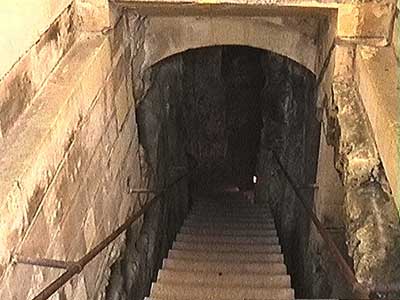
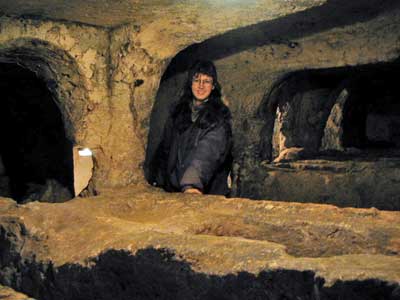
We headed over St. Agatha's Catacombs and Crypt. While waiting for our tour to begin, we browsed around the museum. On exhibit were various pottery, skulls and bones found in the catacombs as well as a side room packed full of religious artifacts, including a very detailed sculpture of the beheaded St. Paul. Eventually we descended into the very humid catacombs with a guide (unfortunately photos weren't allowed). We first visited the 13th century crypt. It was very dimly lit but one could still see the thousand-year-old frescos on walls, the faces of which had been destroyed by past enemy armies. We then ventured deeper into the catacombs.This one, however, did still have real skeletons in it.
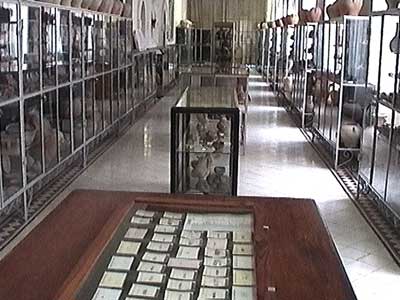

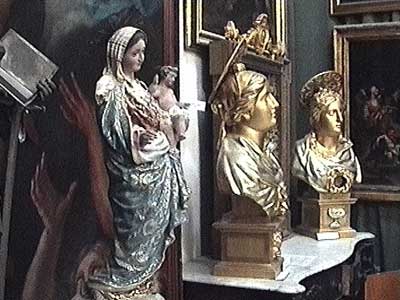
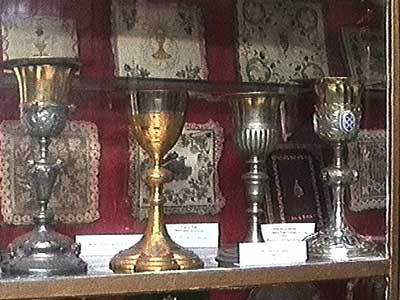
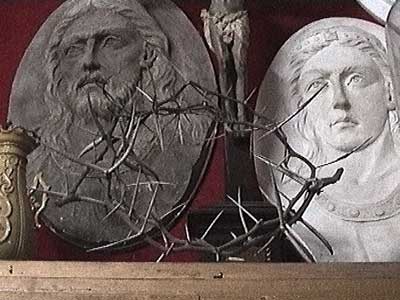

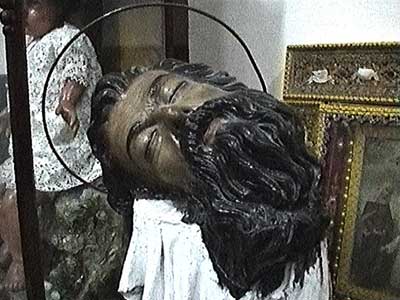

St. Paul's Grotto was the cave in which the apostle Paul lived for three months in 60 AD when he was shipwrecked on Malta. He was the one who introduced Christianity to the island. We briefly walked around the tiny cave area now located under St. Paul's church. Later this area was used as a prison as attested to by the many rope and chain holes still in the ceiling.
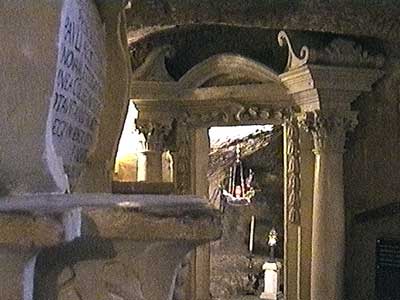
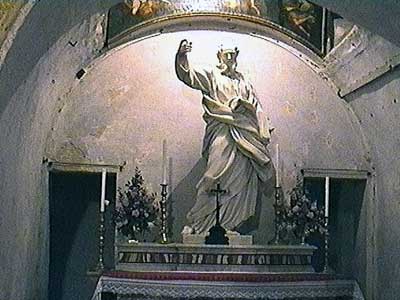

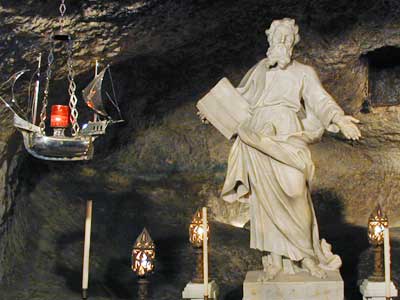
We walked to the connecting city of Mdina, an entirely walled city. We entered the enormous fortress through the main gate over a high bridge. The Cathedral of St. Paul and Peter was still closed for siesta so we walked around the narrow streets of tiny town built entirely from light beige stone. From the back edge of the fort, we got a great view of the entire island as well as of the enormous fort walls which plunged down to green farmland far below.
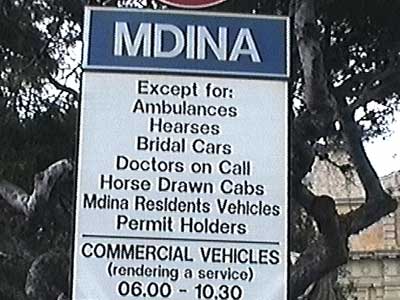
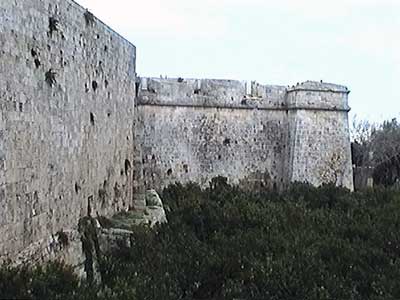
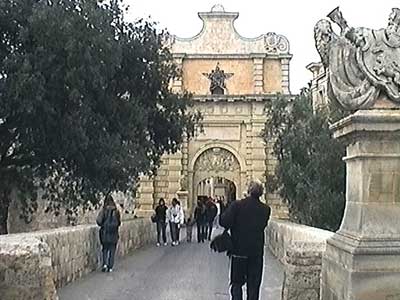
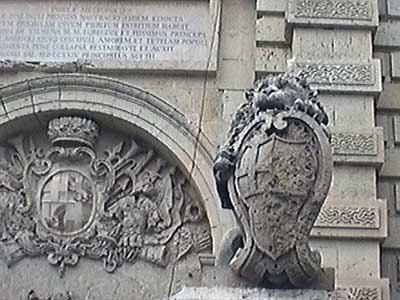
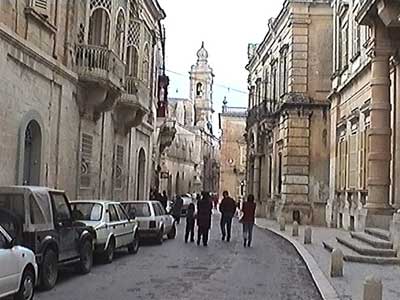
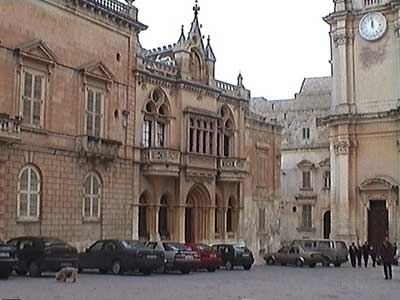
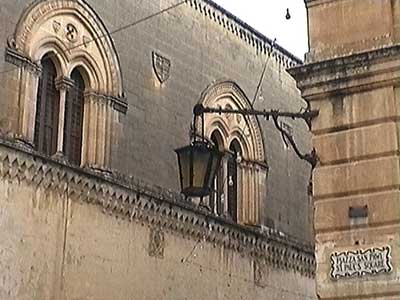

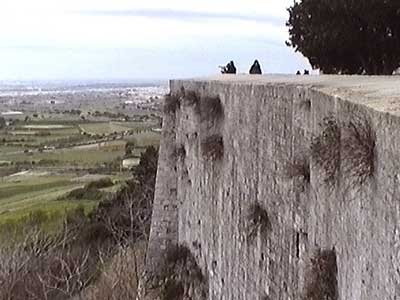
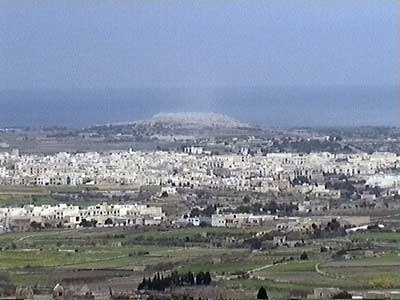
We returned to the cathedral and enjoyed the intricate floor grave slabs and highly decorated walls and ceilings. The church also had two clocks outside, one with the time and the other with the date... in this case, December 30th.
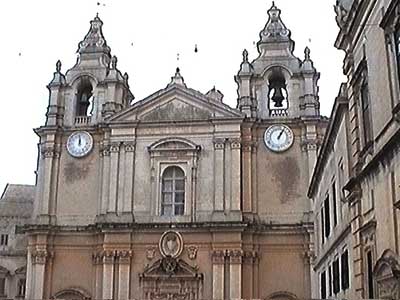

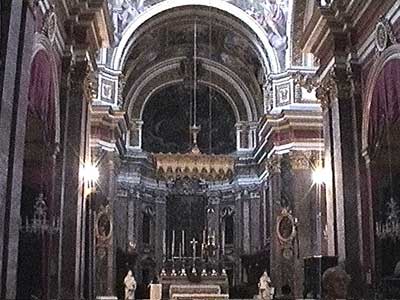
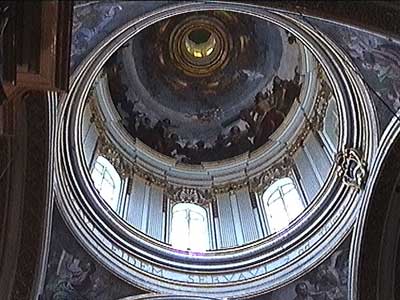

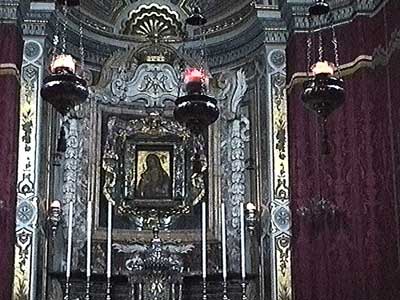
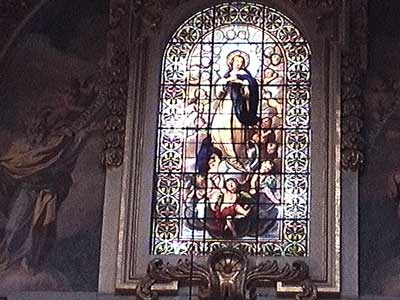

At the natural history museum, we learned about the local geology, minerals, fossils and animals. There was a large taxidermied animal section and an impressive relief map which gave us a much better understanding of the island.

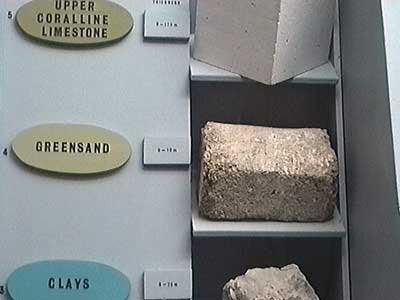
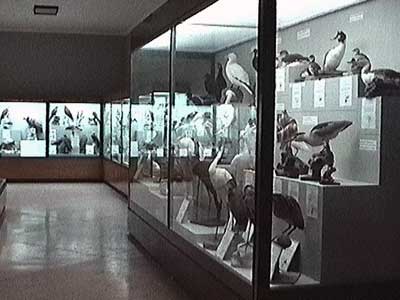
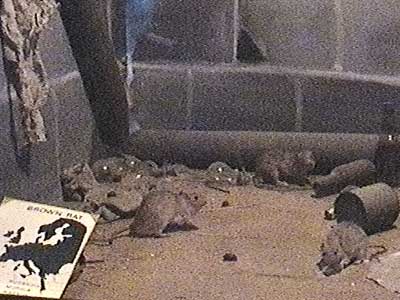
Still inside the medieval city, we decided to visit the local torture museum. Wax models demonstrated typical judicial measures of the time such as the amputation of hands, tongues or noses for various crimes. Extreme torture equipment was shown being used in the Inquisition section, as was burning at the stake or heads stuck on the tops of tall poles. It was all quite graphic and sounds poured from the walls in the form of all hideous screams and crunching bone.
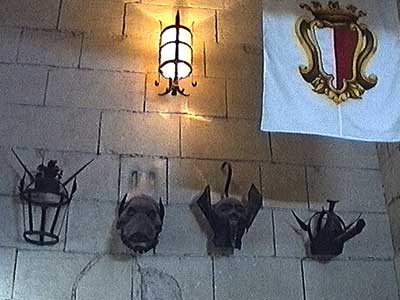
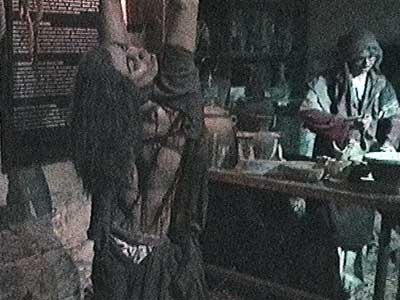

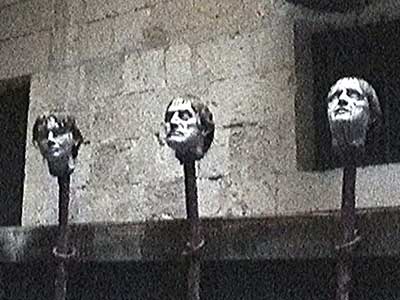
We took the bus back and feasted on local beer, goat cheese, salads and for dessert... nougat.
return • continue

